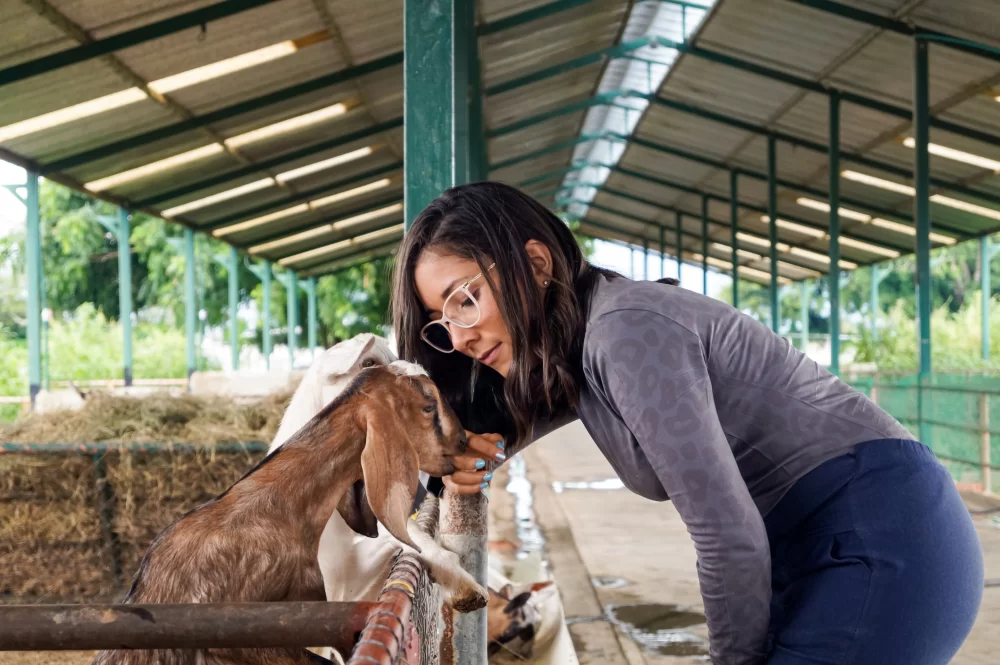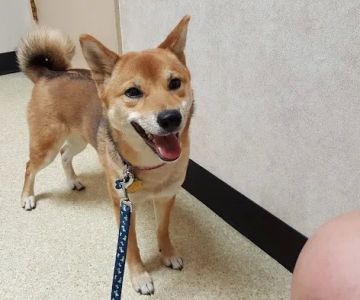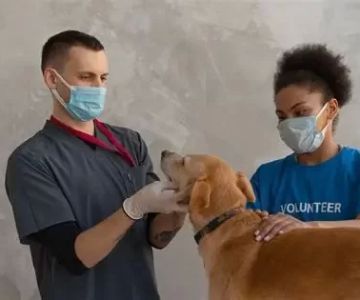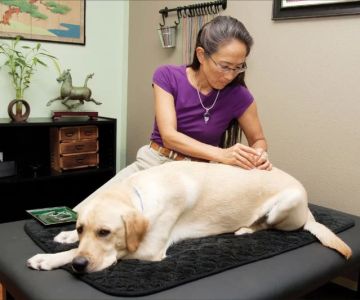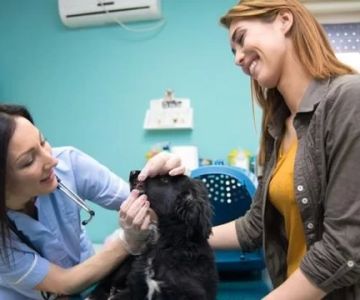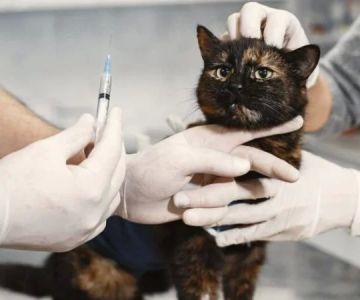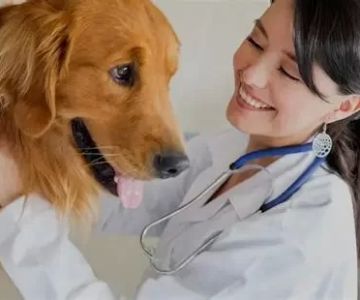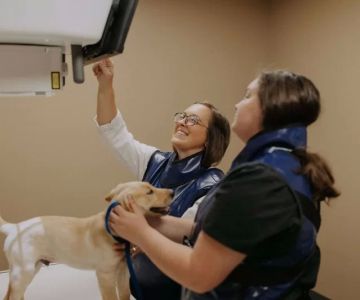What Does a Zoo Veterinarian Do? Inside the Life of Wildlife Vets
- understanding-the-role-of-a-zoo-veterinarian
- daily-care-and-routine-checkups-for-zoo-animals
- handling-emergencies-and-surgical-cases
- preventive-medicine-and-disease-management
- conservation-efforts-and-global-impact
- zoo-vet-career-path-personal-journeys
- your-next-step-toward-a-career-in-zoo-veterinary-medicine
1. Understanding the Role of a Zoo Veterinarian
If you’ve ever wondered what does a zoo veterinarian do, the answer lies in one word: everything. From the smallest birds to massive elephants, zoo veterinarians are responsible for the health and welfare of a diverse range of exotic animals. They serve as physicians, surgeons, behavior analysts, and even researchers—all in one job.
Unlike traditional vets, zoo veterinarians work in challenging environments with wild and often endangered species, which adds layers of complexity to their role.
2. Daily Care and Routine Checkups for Zoo Animals
A large part of a zoo vet’s job involves routine health monitoring. This includes:
- Physical examinations of animals—from snakes to snow leopards
- Monitoring food intake and digestion
- Tracking weight, coat condition, and behavior patterns
Most of this happens behind the scenes before zoo guests even arrive. Early-morning rounds and observational work help zoo veterinarians ensure animals stay in top condition.
3. Handling Emergencies and Surgical Cases
When things go wrong, zoo veterinarians must act fast. Imagine performing emergency surgery on a tiger or anesthetizing a giraffe for a dental procedure. These are real-world scenarios zoo vets face, requiring quick thinking, precision, and a team of trained staff.
In 2022, a story went viral when a zoo in Oregon performed cataract surgery on a bear. The zoo vet team collaborated with ophthalmologists—a perfect example of the unpredictable and creative nature of their job.
4. Preventive Medicine and Disease Management
Prevention is often better than cure—especially in zoo settings where stress, climate, and confined space can impact animals’ immune systems. A large part of what a zoo veterinarian does is designing and administering:
- Vaccination programs
- Parasite control
- Nutrition plans and supplements
Zoo vets also track zoonotic diseases—those that can jump from animals to humans—making their work critical for public health too.
5. Conservation Efforts and Global Impact
One of the most inspiring aspects of being a zoo veterinarian is involvement in global conservation projects. Many zoo vets travel abroad to rehabilitate endangered species, collect data, or even train local veterinary teams in developing regions.
In 2023, a U.S. zoo veterinarian led a joint rescue mission to treat a rare Sumatran rhino injured by a snare trap. Such stories show the profound reach of this profession beyond cages and exhibits.
6. Zoo Vet Career Path: Personal Journeys
Becoming a zoo vet isn’t easy. Most professionals spend years earning a DVM (Doctor of Veterinary Medicine) and then specialize through internships or residencies in zoological medicine. It’s a path filled with long nights, difficult cases, but also immense rewards.
Dr. Emily Stone, a zoo veterinarian from Texas, shares: “When I see a rescued eagle fly again or a baby giraffe take its first steps after surgery, all the struggles feel worth it.”
7. Your Next Step Toward a Career in Zoo Veterinary Medicine
Now that you understand what a zoo veterinarian does, it’s clear this role goes far beyond traditional pet care. It’s about medicine, conservation, education, and emotional resilience. If you're passionate about wildlife and veterinary science, this might just be your dream career.
Looking to explore this field further? Whether you're a student, animal lover, or aspiring vet, our expert-curated learning kits and career resources can help you begin your journey. Click now to uncover the wild world of zoo medicine and take your first step toward becoming a zoo veterinarian today.

